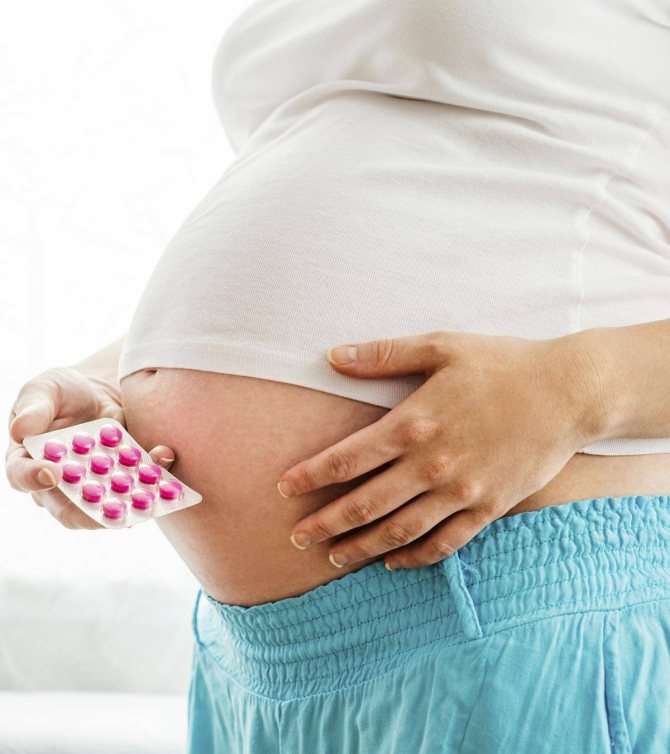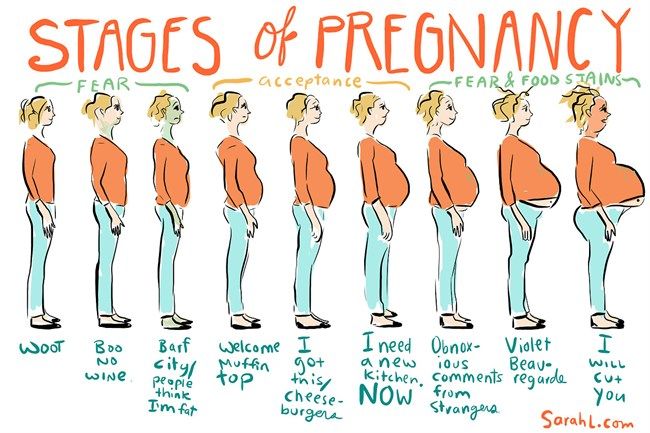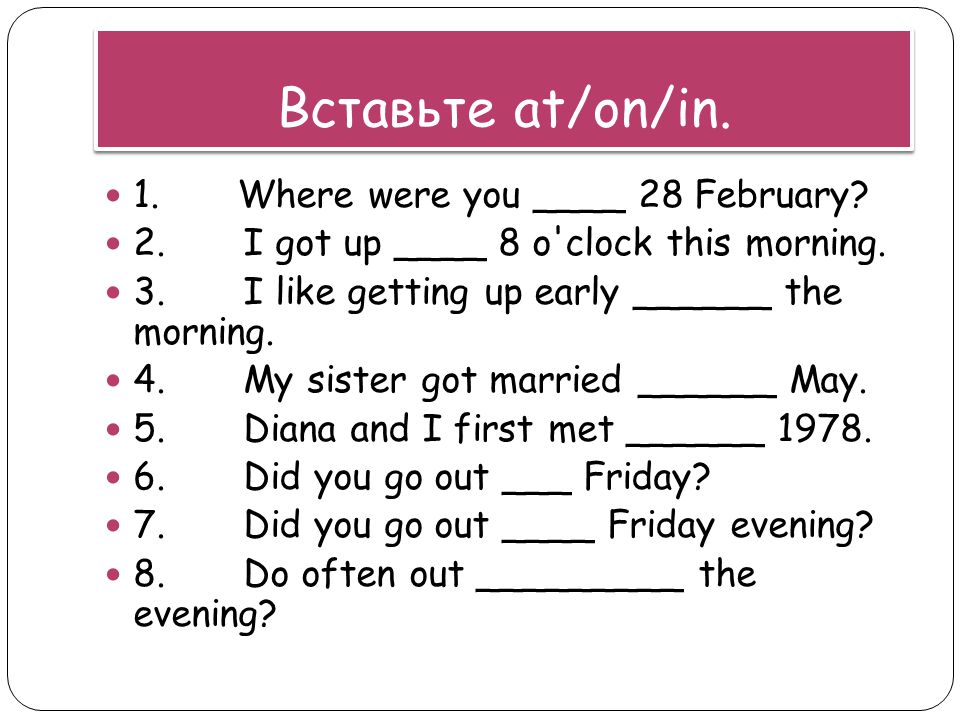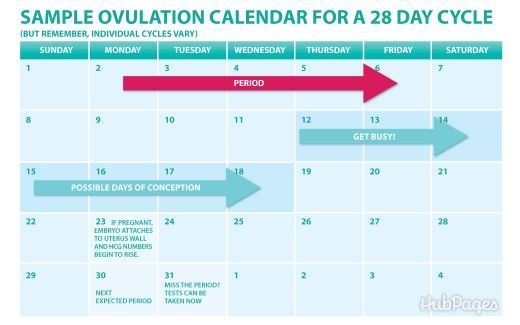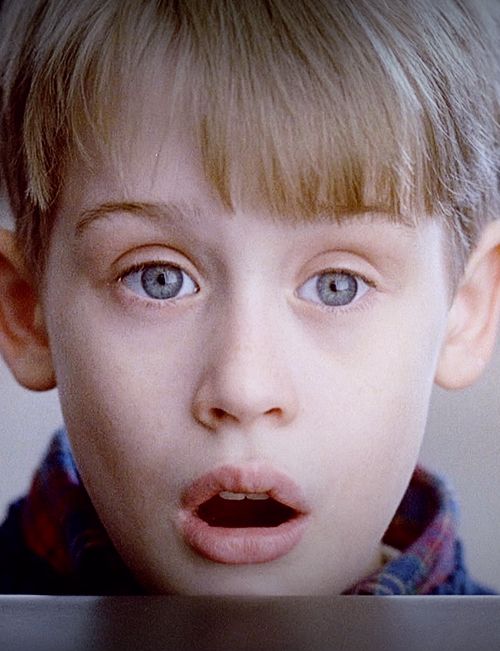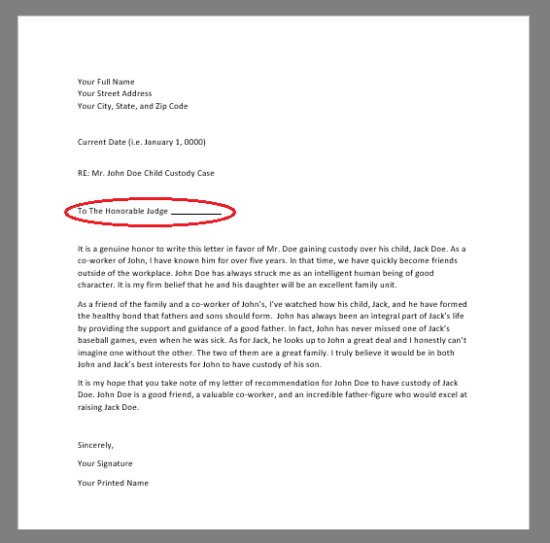Developmental milestones for one year olds
Your toddler's developmental milestones at 1 year
Explainer
Everything you need to know about your growing 1-year-old
UNICEF
Congratulations, you officially have a toddler! Toddlers are more active, curious and expressive. At this age, your child may begin to use words, be able to stand on her/his own and take a few steps. To help your little one learn and grow, read books to your child and encourage active play.
| Social and emotional |
| Language and communication |
| Brain development |
| Movement and physical development |
| Food and nutrition |
| Things to look out for |
| Tips and resources |
| < Back to Parenting Milestones |
Social and emotional milestones at 1 year
Some of the ways you’ll see your little one learning to connect with the people around him at 1 year.
- Hands you a book when he wants to hear a story.
- Cries when his parents leave.
- Is shy around strangers.
- He’ll put out an arm or leg to help with getting dressed.
- Has favourite toys.
- Repeats sounds to get your attention.
Tips for parents
- Play social games with him like hiding something and coaxing him to find it.
- Try to get him to help with getting dressed by asking him to put his leg out, stand up, etc.
Language and communication milestones at 1 year
How your toddler is expressing her needs.
- Is using basic gestures like waving and saying basic words like “mama” and “dada.”
- Her babbles sound more like speech.
- Responds to simple requests you give.
- She will try to repeat words you say.
Tips for parents
- Encourage your toddler to say ‘hello’ and ‘goodbye.
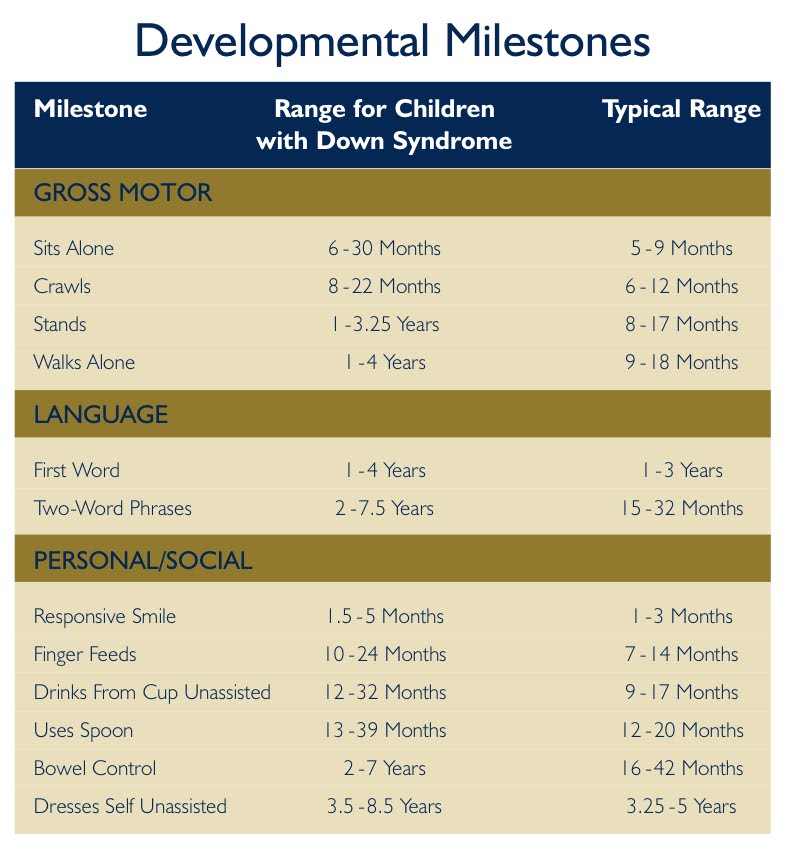 ’ Praise your toddler when they do so, as this can help their socio-emotional development.
’ Praise your toddler when they do so, as this can help their socio-emotional development. - Praise your toddler when she repeats words or tries to speak with others.
- Prompt her to point to characters and objects when you’re reading to her.
Brain development milestones at 1 year
Your child’s brain is growing!
- He is copying movements and gestures.
- Bangs objects together.
- Drinks from a cup and uses other objects correctly.
- Finds things that are hidden.
- He looks at the right object when it is named.
- Can follow simple directions and lets go of objects without help.
- He puts objects in containers and can take them out.
Tips for parents
- Give support and guidance to your toddler when he’s playing a game.
- As you notice your toddler gaining skills and being able to do some things on his own, you can progressively reduce your support but still observe and guide him.

Movement and physical development milestones at 1 year
How she’ll move through her environment.
- Can take a few steps without support.
- Gets into a sitting position without support.
- Pulls up to stand and walks while holding onto furniture.
Tips for parents
- Try placing your toddler on flat surfaces to help her develop her gross motor skills like crawling and moving her arms and legs.
Food and nutrition milestones at 1 year
What mealtimes look like at 1 year.
- Eats a greater variety of foods, such as soft-cooked vegetables and soft fruits.
- He is starting to learn how to eat on his own.
- Can thoroughly chew his food.
- He is beginning to be able to use an open cup.
Tips for parents
- Give your toddler half a cup of food four to five times a day, along with two healthy snacks.
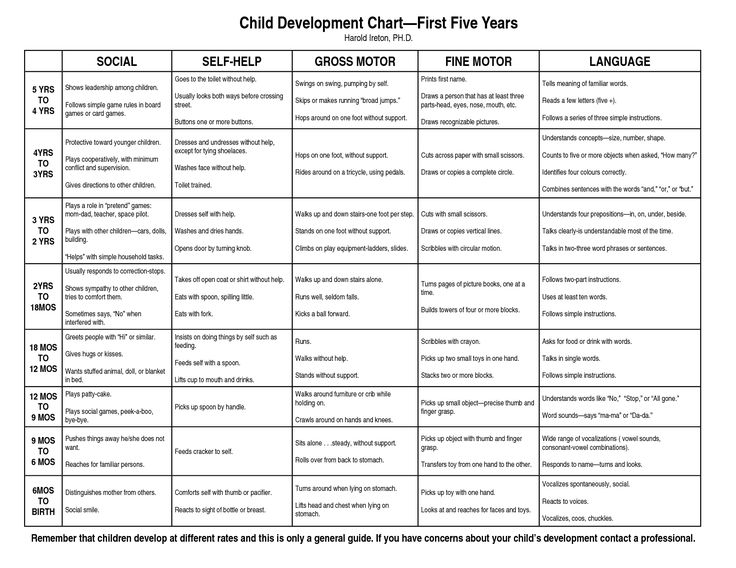
- Continue to breastfeed if he wants to.
Things to look out for
While all children develop differently, you should speak to your paediatrician if your 1-year-old:
- Isn’t crawling.
- Won't search for hidden objects.
- Is unable to stand without support.
- Doesn’t point.
- Doesn’t say simple words.
- Loses skills she once had.
True or False?
Loading...
Explore age groups
2 Months | 4 Months | 6 Months | 9 Months | 1 Year | 18 Months | 2 Years
< Back to Parenting Milestones
Your toddler's developmental milestones at 18 months
Explainer
Everything you need to know about your growing 18-month-old.
UNICEF
Your 18-month-old toddler is now walking and using basic words.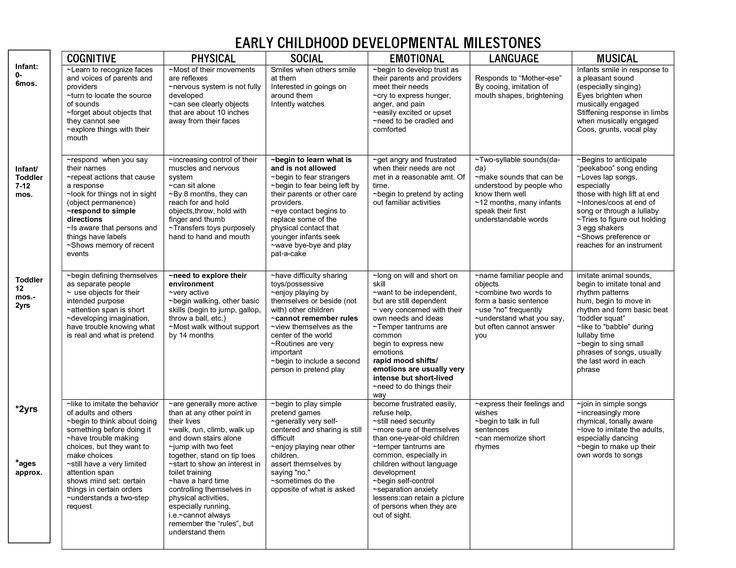 At this age, children love to play and explore. They begin to show some independence and may play pretend and point at objects they want. They also begin to understand what things in the house are used for, such as a cup or spoon. Your toddler may have temper tantrums around this age, when she/he grows frustrated trying to communicate how she/he feels.
At this age, children love to play and explore. They begin to show some independence and may play pretend and point at objects they want. They also begin to understand what things in the house are used for, such as a cup or spoon. Your toddler may have temper tantrums around this age, when she/he grows frustrated trying to communicate how she/he feels.
| Social and emotional |
| Language and communication |
| Brain development |
| Movement and physical development |
| Food and nutrition |
| Things to look out for |
| Tips and resources |
| < Back to Parenting Milestones |
Social and emotional milestones at 18 months
Some of the ways you’ll see your little one learning to connect with the people around her at 18 months.
- May be afraid of strangers but will show affection to familiar people.
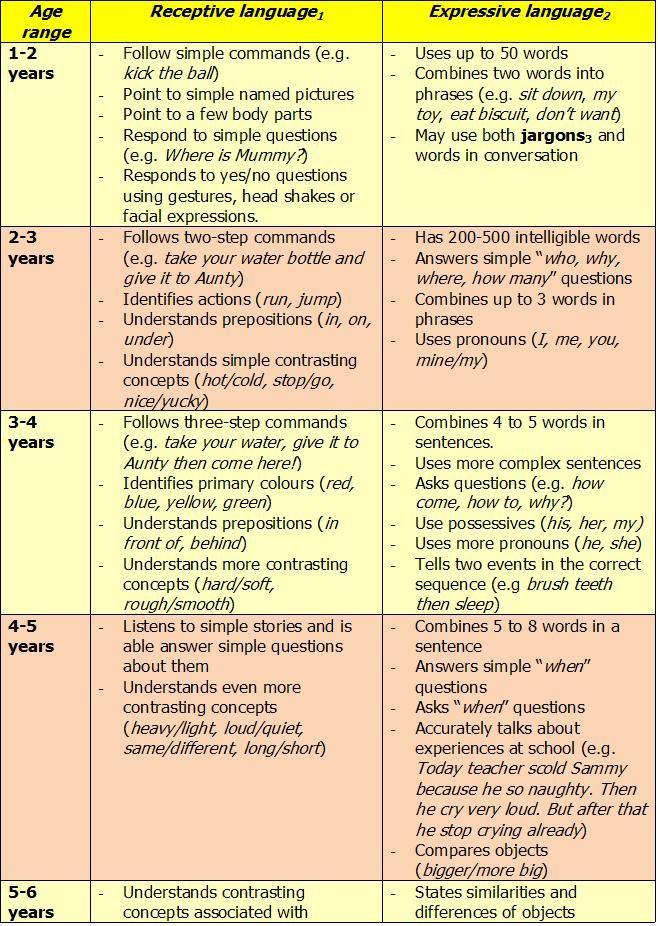
- Points to show interest in something.
- Likes to play by handing things to people or playing simple pretend.
- May have some tantrums.
- Might cling to caregivers in new situations or explore alone but with a parent close by.
Tips for parents
- Create joint play opportunities with your toddler.
- Praise your toddler when she shows signs of empathy by sharing her toy, taking care of toys or giving a caring gesture to others. All of these things help support social and emotional development.
Language and communication milestones at 18 months
How your toddler is expressing his needs.
- Shakes his head “no.”
- Can say several single words.
- Points to show what he wants.
Tips for parents
- Pay attention to what your toddler is pointing to and make it a language development opportunity by naming the object he is pointing to.

Brain development milestones at 18 months
Your child’s brain is growing!
- She recognizes everyday objects.
- Points to get attention.
- Pretends to feed her favourite stuffed animals.
- Can point to a body part.
- Can follow one-step commands without gestures.
Tips for parents
- Provide your toddler with toys for pretend play.
Movement and physical development milestones at 18 months
How he’ll move through his environment.
- Can walk alone.
- Can help undress himself.
- Uses utensils when feeding.
- May start walking up stairs.
- Pulls toys while walking.
Tips for parents
- Encourage your child to participate in everyday routines like getting dressed.
Food and nutrition milestones at 18 months
What mealtimes look like at 18 months.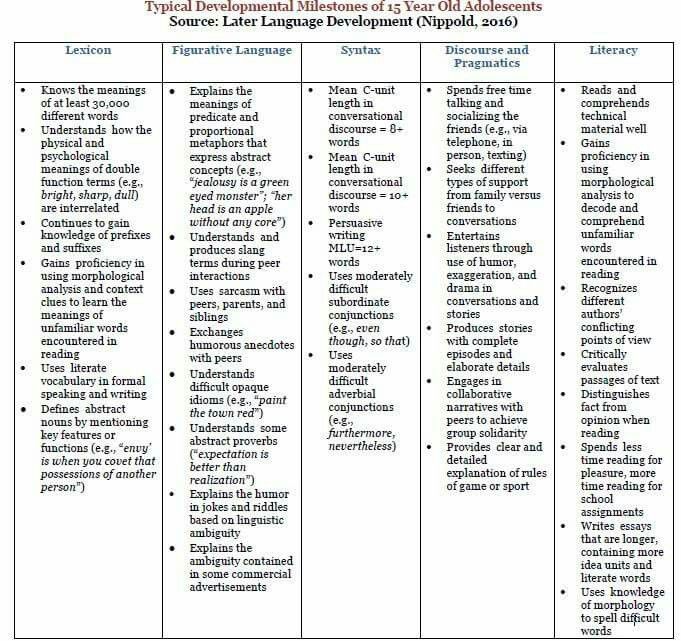
- Tries more chopped solid foods like chicken or squash.
- Can hold and drink from a cup.
Tips for parents
- Give her plenty of time to eat. She will be able to eat most of the same foods as adults and more easily uses utensils.
Things to look out for
While all children develop differently, you should speak to your paediatrician if your 18-month-old:
- Can't walk.
- Doesn’t point.
- Doesn’t try to copy others.
- Isn’t learning new words.
- Can’t say at least six words.
- Doesn’t notice when a parent leaves or returns.
- Loses skills he once had.
True or False?
Loading...
Explore age groups
2 Months | 4 Months | 6 Months | 9 Months | 1 Year | 18 Months | 2 Years
< Back to Parenting Milestones
Development of children from 1 to 2 years old
For readers → To readers from 0 to 3 years old → Baby development calendar → Development of children from 1 to 2 years old
Age characteristics of a child from one to 2 years old.
By 1 year and 3 months, the child walks, squats and bends independently. Knows how to fulfill simple requests from an adult (feed a doll, build a house, etc.), correctly names 4-6 objects when they are shown to him.
Begins to actively use easier words (dog - “av-av”, car - “bee-bee”, etc.), can step over objects lying on the floor, run, hold a cup while drinking, use a spoon more skillfully .
A one and a half year old baby strings pyramid rings, builds a tower of cubes, knows almost all his toys and serves them on request. Parents should regularly potty-train their child - every time before and after sleep, after meals, before and after a walk. Success can be praised, but one should not reprimand sternly for wet pants, insistently keep on the potty, demanding a result, and be angry for its absence, one should not. This causes a negative reaction in the child and can contribute to the development of stubbornness.
In the second year of life, a child's character changes noticeably.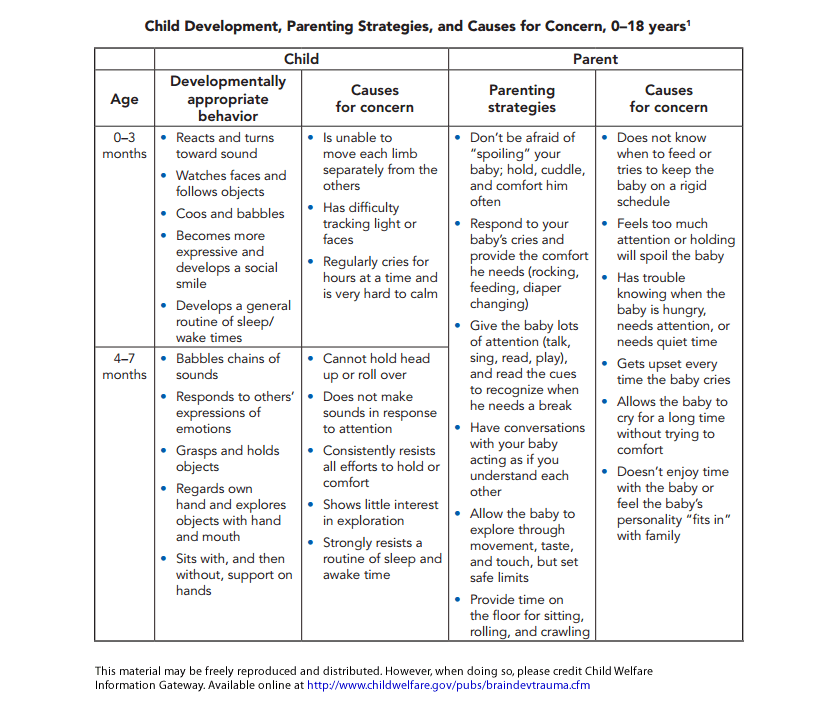 He begins to show increased interest in the surrounding objects, tries to look into all corners of the apartment, climb into the drawers of the table or closet. Knows well the meaning of the words "can" and "impossible", but is not always able to obey the ban. This is due to the fact that the child has not yet developed certain behaviors, and in some cases, when he is told the word “no”, he simply does not know how to behave, so he continues to be naughty.
He begins to show increased interest in the surrounding objects, tries to look into all corners of the apartment, climb into the drawers of the table or closet. Knows well the meaning of the words "can" and "impossible", but is not always able to obey the ban. This is due to the fact that the child has not yet developed certain behaviors, and in some cases, when he is told the word “no”, he simply does not know how to behave, so he continues to be naughty.
At the age of 1 year and 9 months, the child pushes the ball with his foot, climbs the stairs, answers questions while looking at plot pictures. There are about 20 words in his dictionary. Makes independent attempts to dress and undress.
At 2 years old, the child throws the ball over his head, uses short sentences, understands defining prepositions (on, under, next to, behind). Can use his own name when talking about himself. The child knows how to eat on his own, unfastens large buttons, washes and dries his hands, willingly plays simple games, brushes his teeth with the help of an adult.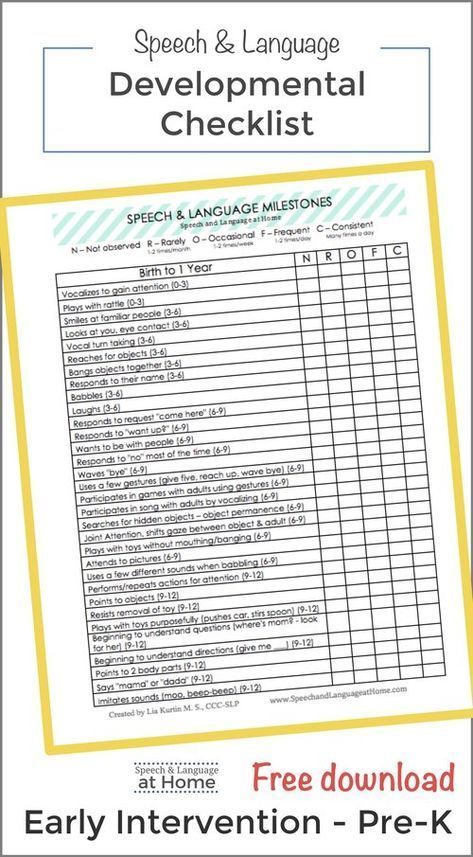 At this stage of development, it is necessary to enrich the child's world with educational toys, they contribute to the development of intelligence, creative inclinations and abstract thinking.
At this stage of development, it is necessary to enrich the child's world with educational toys, they contribute to the development of intelligence, creative inclinations and abstract thinking.
I won't, I don't want to! Obedience is one of the components of education. With its help, adults try to protect the child from mistakes, convey their own life experience, help to avoid dangerous turns. And often the refusals of the baby to obey are perceived by adults as a “challenge”. But the period of denial is an inevitable phase in the development of the crumbs: his future volitional qualities depend on it.
A hundred times "no"!
“After a year and a half, Gera turned into a “not wanting”. I offer him a banana, his favorite treat, - he runs away with a cry: "I don't want to!". I try to wash it - it breaks out, stubbornly repeating: “No, no!”. Even the morning greeting is answered with dissatisfied denial. (Galina, mother of Herman, 1 year 7 months)
Psychologist's comment
At the age of 1.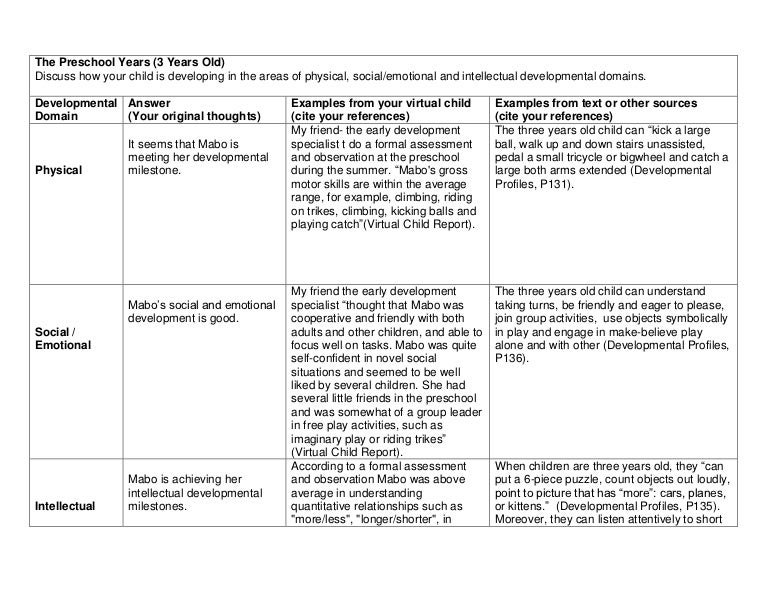 5-2 years there is a leap in the physical and mental development of the child. The kid already understands the meaning of many words, learns to speak, to communicate with others. One of the first words to appear in a child's vocabulary is "no", which has a pronounced negative connotation. Children early realize that with the help of this short word, which carries a strong emotional charge, they are able to convey their opinion to adults. Around the same period, children (some later - about 3 years old) begin the so-called "age of systematic refusal", when the baby begins to refuse to the place and to the place, refusing even his favorite dishes or the desired toy. Sometimes it seems that the child no longer needs the approval of his relatives, but, on the contrary, is trying in every possible way to annoy his parents, doing everything in defiance, provoking a conflict: the mother offers to read a book - the baby screams: “Walk!”, but as soon as the mother puts away the book and starts getting ready like a child throws himself with cries: “Read!”.
5-2 years there is a leap in the physical and mental development of the child. The kid already understands the meaning of many words, learns to speak, to communicate with others. One of the first words to appear in a child's vocabulary is "no", which has a pronounced negative connotation. Children early realize that with the help of this short word, which carries a strong emotional charge, they are able to convey their opinion to adults. Around the same period, children (some later - about 3 years old) begin the so-called "age of systematic refusal", when the baby begins to refuse to the place and to the place, refusing even his favorite dishes or the desired toy. Sometimes it seems that the child no longer needs the approval of his relatives, but, on the contrary, is trying in every possible way to annoy his parents, doing everything in defiance, provoking a conflict: the mother offers to read a book - the baby screams: “Walk!”, but as soon as the mother puts away the book and starts getting ready like a child throws himself with cries: “Read!”.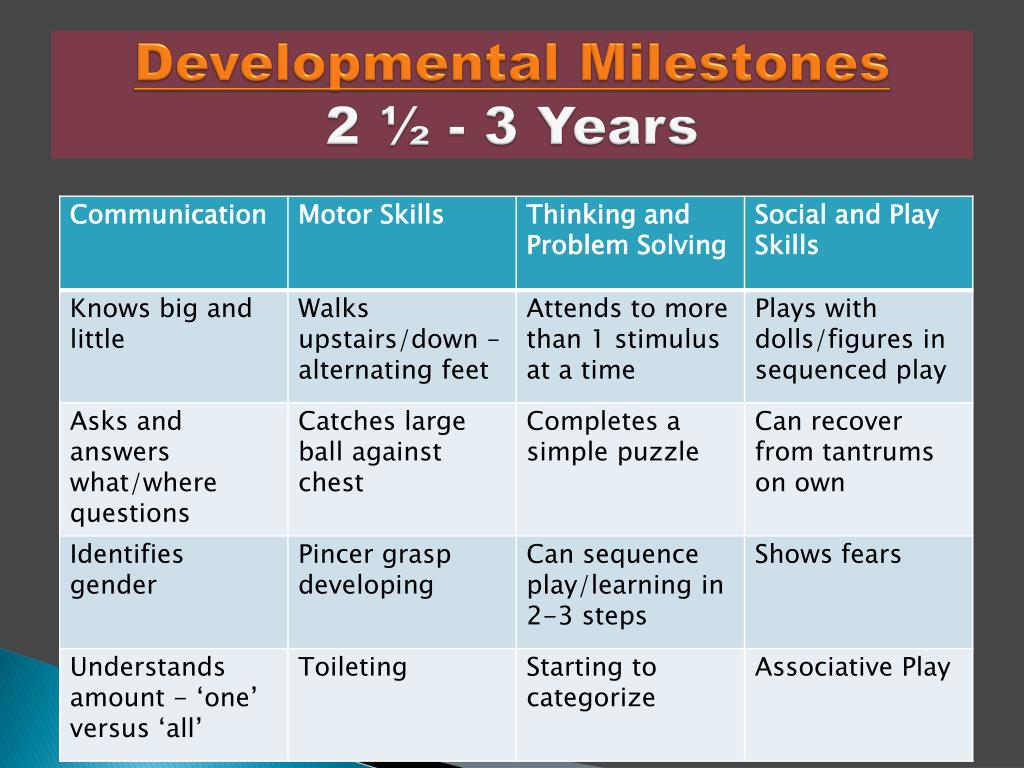 Parents often write off such manifestations as “spoiled character”, “bad heredity”, “bad upbringing”.
Parents often write off such manifestations as “spoiled character”, “bad heredity”, “bad upbringing”.
The child's refusals should be taken calmly: a nervous reaction aggravates the situation. However, the fact is that at about 2-3 years old, strong-willed qualities are formed in children, the desire for independence, self-sufficiency, which the famous psychologist Erik Erickson called “autonomy”. Children stop needing excessive care from adults and want to make their own choices. Often the child is not yet able to competently express his desires and, more often than not, he cannot even understand his feelings and experiences, and therefore, torn apart by contradictions, he begins to deny everything, to refuse everything. However, it is precisely this “wacky” behavior that speaks of the normal mental development of the baby. The child still needs the recognition of adults, wants to earn praise, but at the same time seeks to stand out, to find his own "I". Therefore, parents should not be angry with the baby, but should “expand the living space”, provide a choice.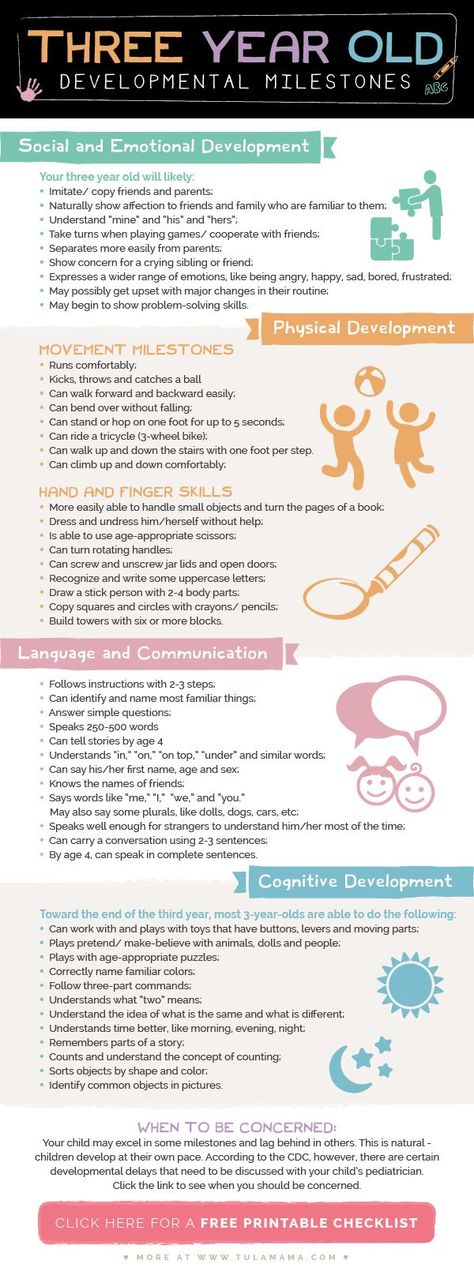
Lessons of diplomacy
Excessive restrictions, constant prohibitions, neglect of the child's achievements only reinforce obstinate behavior. Excitable children may become hysterical, fall to the floor, kick their feet, and sob. However, it is important for parents not to succumb to provocation, but at the same time “loosen the reins”, remove some of the prohibitions and provide the baby with a certain freedom. Of course, at the same time, adults can (and should) guide the child, but carefully, imperceptibly, without pressure.
Source: psychologist Larisa Zakharova
Magazine "Happy Parents", No. 135.
http://www.parents-online.ru/
References:
1. Akhmylova, N. Rash, sand, lei water / N. Akhmylova // Liza. My child. - 2007. - N 8. - P.66-68.
2. Zabegailova, S. What book should a child buy? / S. Zabegailova // Lisa. My child. - 2007. - N 1. - P.70-71.
3.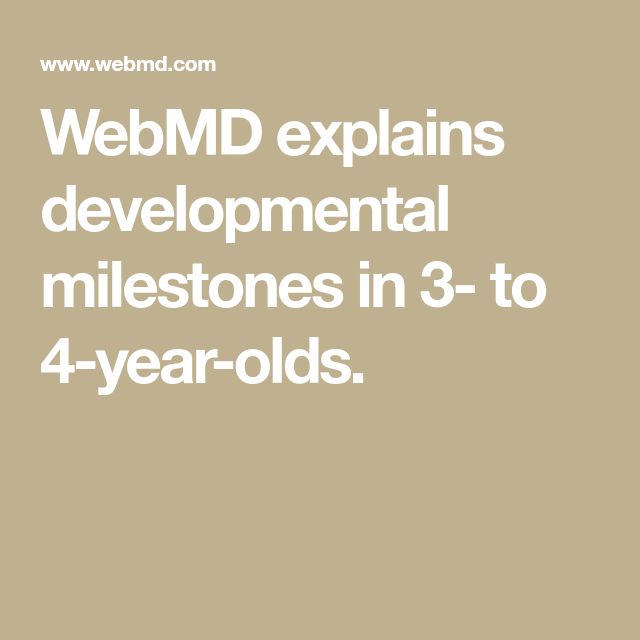 Karelskaya, E. G. Our well-spoken kids / E. G. Karelskaya // Lisa. My child. -2007. – No. 9. - S. 134-136.
Karelskaya, E. G. Our well-spoken kids / E. G. Karelskaya // Lisa. My child. -2007. – No. 9. - S. 134-136.
4. Matushkina, O. I am a know-it-all! / O. Ya. Matushkina // Liza. My child. - 2008. - N 5. - S. 118-123.
5. Pavlova, L. Pedagogy for the smallest: the ninth month / L. Pavlova // 9 months. - 2010. - N 9. - P. 90-98.
6. Pavlova, L. Pedagogy for the smallest: the eighth month /L. Pavlova // 9 months. - 2010. - N 8. - P.82-87.
7. Smirnova, E. Maria Montessori: the system of preschool education / E. Smirnova // Preschool education. - 2007. - N 2. - C. 110-114.
8. Shibanova, A. Oh, yes, our fingers! / A. Shibanova // Lisa. My child. - 2007. - N 7. - P.142-144.
9. I want to be smart // Lisa. My child. - 2007. - N 2. - P.86-91.
what he can do, communication skills
PreviousNext
- Physical development of a child at 12 months
- What can a child do in a year?
- Features of the speech and mental development of a child of 1 year
- Child's communication skills per year
- One year old baby food
- The daily routine of a child at 12 months
Contents:
It's hard to believe that the baby, who was just brought from the hospital, is already a year old! Now this is a rather independent person - with his own character, temperament, a whole arsenal of skills and abilities, surprising with ingenuity and disarming with laughter every day.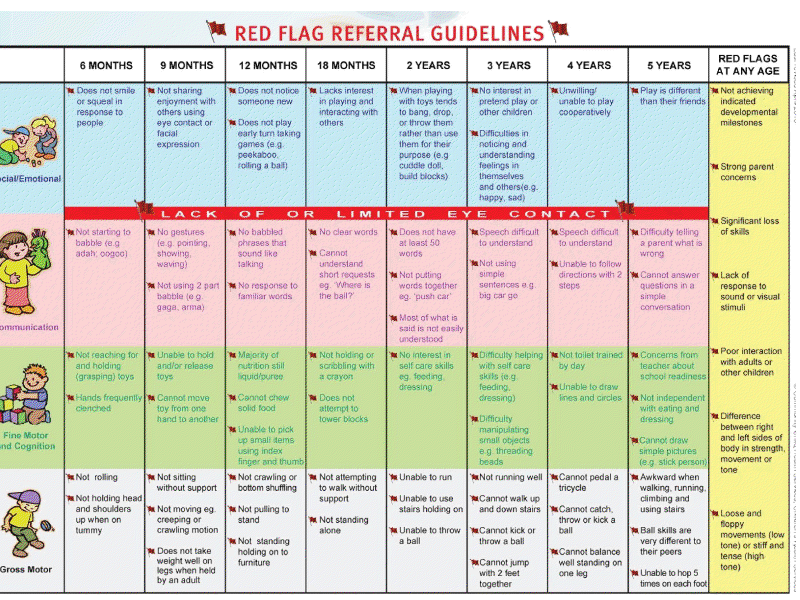 Looking at your beloved child, you want to remember every moment, enjoy every minute, not miss anything.
Looking at your beloved child, you want to remember every moment, enjoy every minute, not miss anything.
Physical development of a child at 12 months
By the year, monthly weight gains most often do not exceed 300-350 grams. There is a popular unspoken rule among experienced moms and experienced pediatricians: by 12 months, a baby should triple its birth weight. Indeed, an important indicator for assessing physical development is the initial body weight.
The body length of babies also depends on the data at birth and ranges from 70 to 80 centimeters.
You can compare the baby's weight and height with average values using the tables of norms of the World Health Organization (WHO, WHO) and the Center for Disease Control and Prevention (CDC, CDC).
What can a child do in a year?
Children per year demonstrate significant progress in development - they sit confidently, crawl, stand independently. However, now the baby spends all his strength on mastering walking.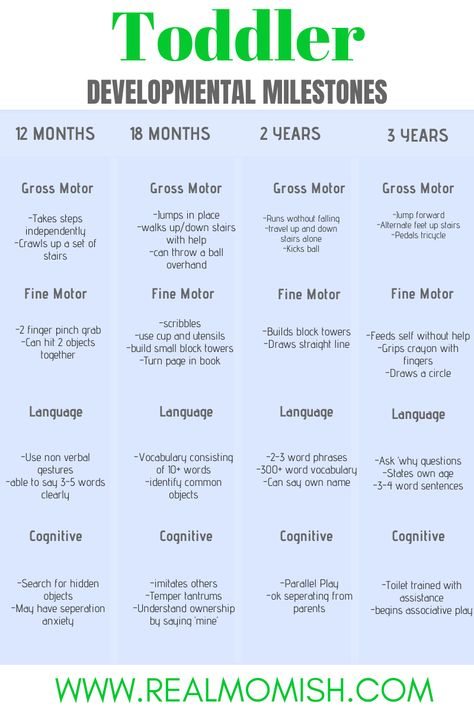 It is at this time that parents most often watch the first steps of their baby! Some of the children make them very timidly along the support, some hold on to their mother, and some confidently run towards adventures. Tip: doctors do not recommend "stimulating" walking by holding the child's arms until he decides to do it himself. Such actions violate the algorithm laid down by nature for the beginning of walking, and this is fraught with postural disorders in the future. By the way, note: the WHO "window" of achievements for the six main skills of motor development allows the development of independent walking by a child up to 1 year 4 months.
It is at this time that parents most often watch the first steps of their baby! Some of the children make them very timidly along the support, some hold on to their mother, and some confidently run towards adventures. Tip: doctors do not recommend "stimulating" walking by holding the child's arms until he decides to do it himself. Such actions violate the algorithm laid down by nature for the beginning of walking, and this is fraught with postural disorders in the future. By the way, note: the WHO "window" of achievements for the six main skills of motor development allows the development of independent walking by a child up to 1 year 4 months.
Also an important milestone in the development of a child of 1 year is a pointing gesture - the baby points with his finger at the desired object. Thus, he draws both his own and extraneous attention to a certain object. This is an important indicator of mental development; a number of authors call it a predictor of the appearance of the first words.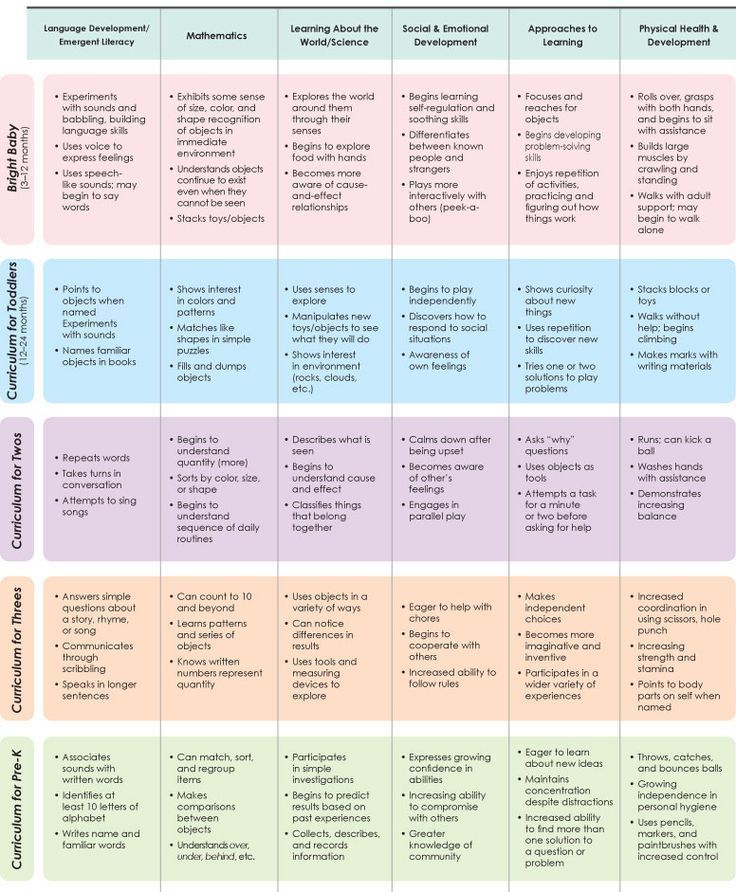 Normally, a pointing gesture can form up to 1 year 6 months.
Normally, a pointing gesture can form up to 1 year 6 months.
Peculiarities of speech and mental development of a 1 year old child
By 12 months, children normally have the first easy-to-pronounce words: “mom”, “woman”, “bang” - they are also called babble. However, now each word has a definite, one and only meaning. A baby's vocabulary is approximately 5-10 words. Speech is emotional. In addition, active attempts to repeat words after adults continue.
By year, most children actively use simple gestures in everyday life, such as bye-bye, head nodding in agreement, and head shaking in denial. It is also common for “one-year-old” babies to copy the movements of adults.
How to develop a child at 12 months? With the help of the simplest games and tasks. For example, at this age, many children already have their favorite toys: try to teach your baby to clean up after themselves, because folding and taking items out of the box is one of the favorite activities at this age.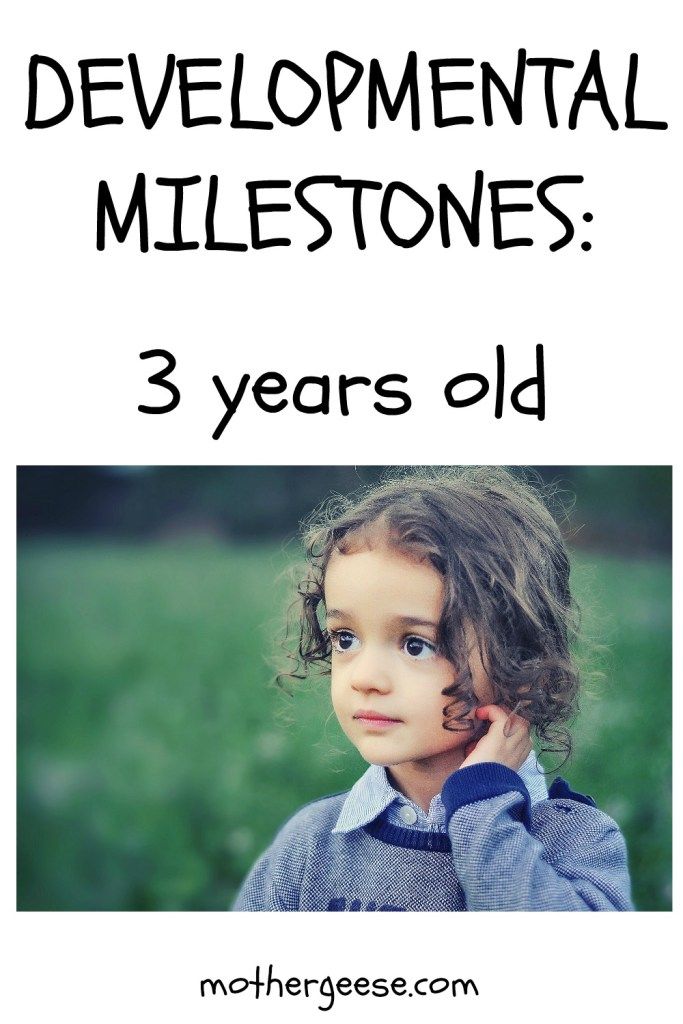 Also, many children can show in the picture the objects that they are asked about (for example, “Show me the cat”), they can easily find hidden things.
Also, many children can show in the picture the objects that they are asked about (for example, “Show me the cat”), they can easily find hidden things.
Child's communication skills per year
In connection with another separation crisis, one-year-old children can actively express their dissatisfaction when mom or dad leaves, for example, for work. And yes, by this age, the baby is already forming his own circle of people with whom he is calm and comfortable. Therefore, an absolutely adequate reaction is embarrassment and nervousness in the presence of strangers.
By the age of one, some children already have an interest in other babies, so walking on playgrounds becomes more and more entertaining.
One year old baby food
At 12 months, as a rule, the child's diet includes, in addition to breast milk (or its substitute), an extensive range of complementary foods: in a year, a child can eat almost everything that his parents eat.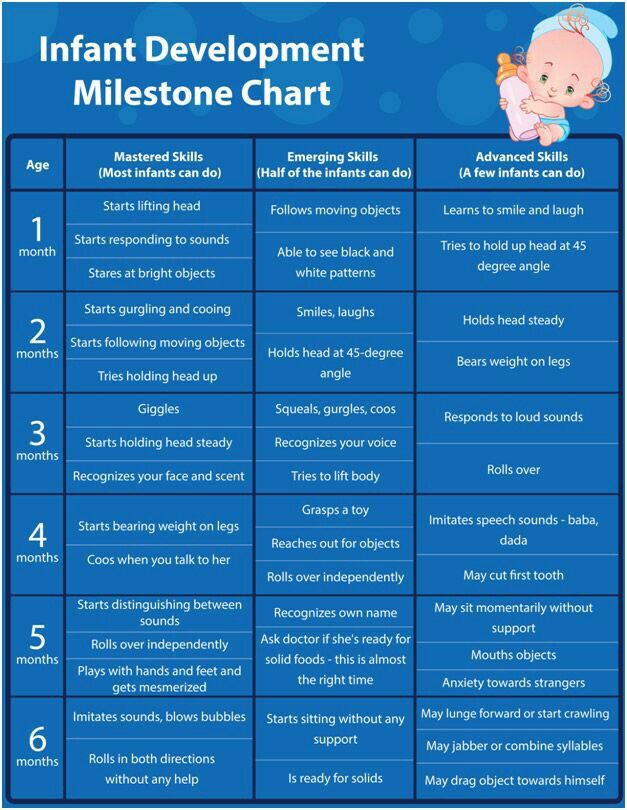 After a year, it is already possible to allow the child to try foods that WHO and the Union of Pediatricians of Russia do not recommend: honey, fruit juices (yes, due to the high content of natural sugar, this drink is not intended for younger children), nuts and whole cow's milk. milk. The basis of the diet is "adult" food (3-5 times a day), breast milk and its substitutes - at the request of the child.
After a year, it is already possible to allow the child to try foods that WHO and the Union of Pediatricians of Russia do not recommend: honey, fruit juices (yes, due to the high content of natural sugar, this drink is not intended for younger children), nuts and whole cow's milk. milk. The basis of the diet is "adult" food (3-5 times a day), breast milk and its substitutes - at the request of the child.
12 month old baby routine
The mode of a one-year-old child becomes predictable: any mother will easily answer when her child wakes up, when he eats, and when he plays.
The baby's wakefulness increases to 3-4 hours, daytime sleep remains 2. The number of nightly awakenings for feeding is noticeably reduced (sometimes they are not at all).
In a year, some parents may note that it is difficult to put a one-year-old to sleep at night. This may be due to the increased physical activity of the child, as a result of which the baby is overexcited before bedtime.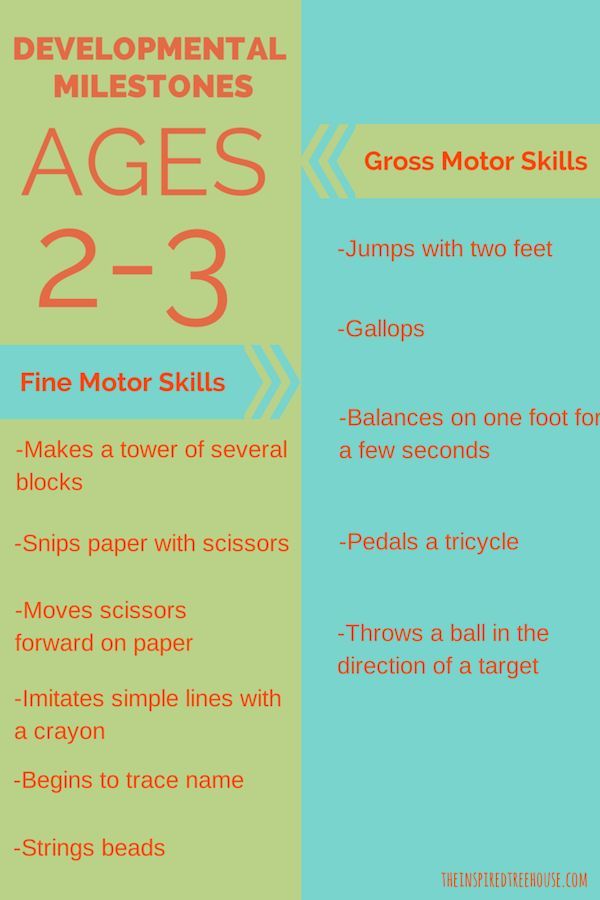 Tip: dim the lights in the house 30 minutes before bedtime, offer your child quiet games, stop using gadgets and watching cartoons. Give preference to reading books, relaxing massages or tactile contact (“hugs”). This will calm the baby and help him fall asleep more easily.
Tip: dim the lights in the house 30 minutes before bedtime, offer your child quiet games, stop using gadgets and watching cartoons. Give preference to reading books, relaxing massages or tactile contact (“hugs”). This will calm the baby and help him fall asleep more easily.
Watching the development of a child at 1 year old is extremely interesting! He becomes independent, inquisitive, mischievous. The task of loving parents is to be there and help to taste, fall and rise, make mistakes, smile, play pranks, play and enjoy childhood!
Sources:
- https://www.who.int/childgrowth/standards/acta_supplement/ru/
- https://www.cdc.gov/ncbddd/actearly/pdf/parents_pdfs/milestonemomentseng508.pdf
- https://www.healthychildren.org/English/ages-stages/baby/Pages/Movement-8-to-12-Months.aspx
- https://depts.washington.edu/dbpeds/Screening%20Tools/Devt%20Milestones%20Table%20(B-6y)%20PIR%20(Jan2016).

